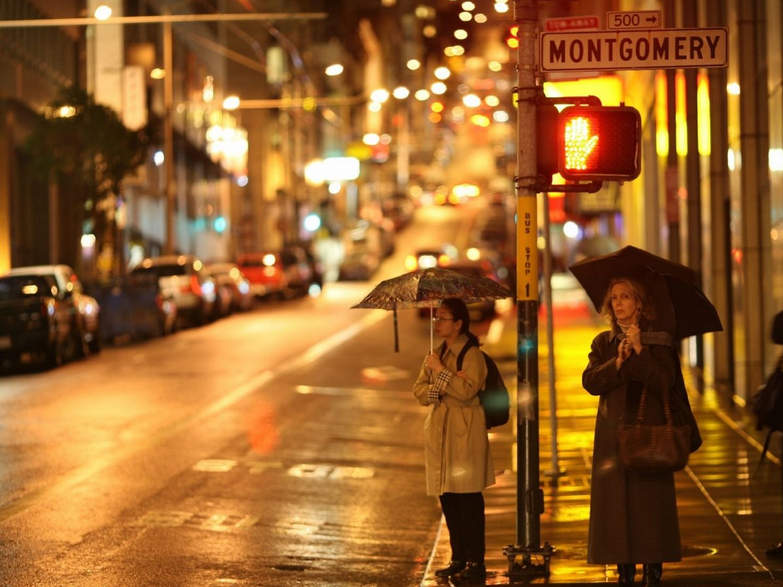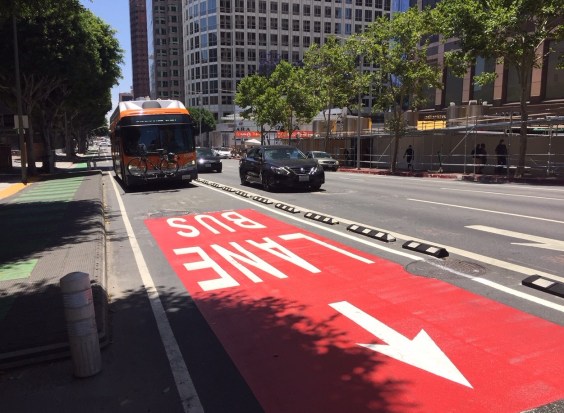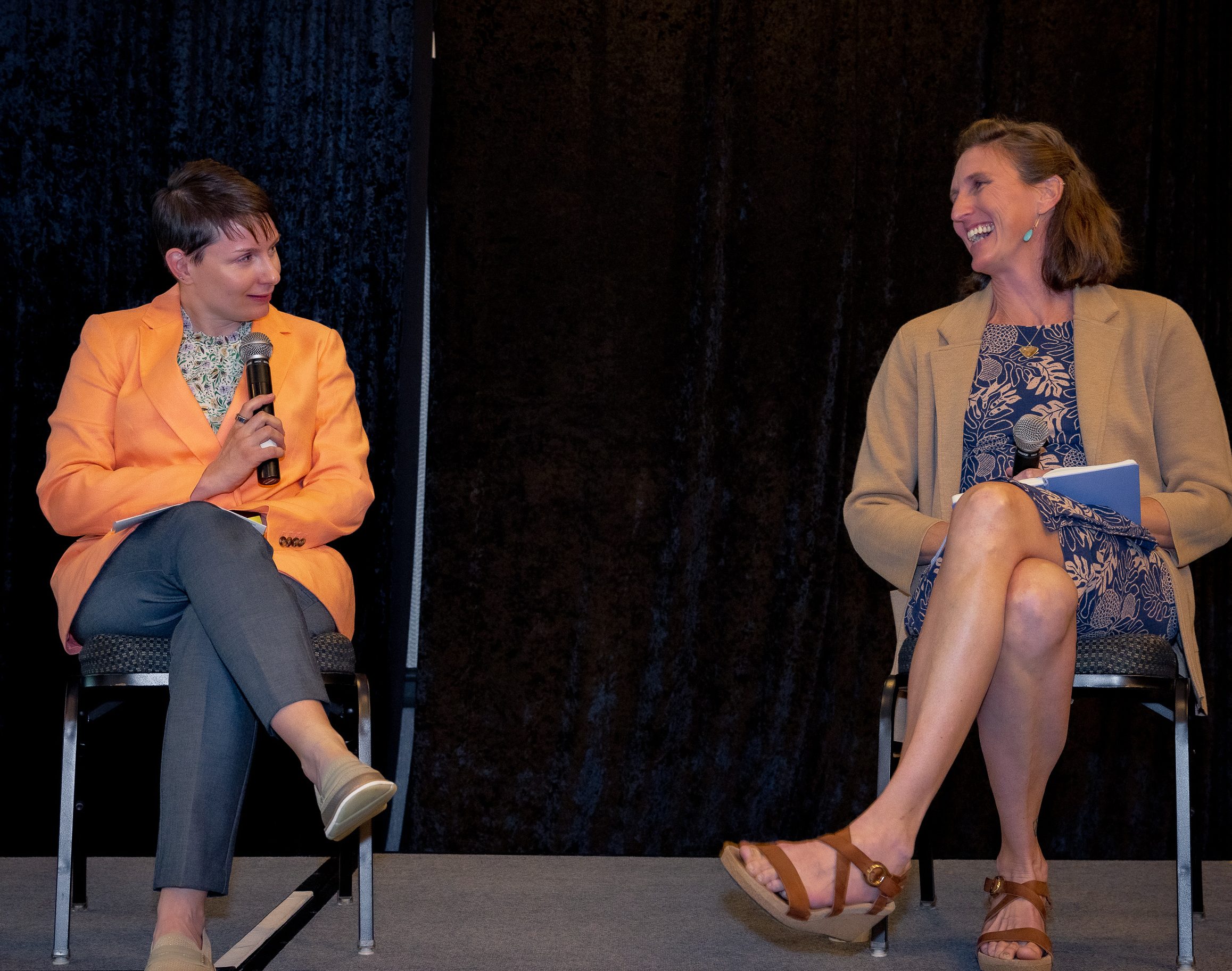The new issue of Transfers Magazine is out, with research on ride-hail, carless households, transit, and parking. The magazine is published by the Pacific Southwest Region Transportation Research Center, which is led by USC in partnership with Cal State Long Beach, UCLA, UC Davis, UC Irvine, and universities in Arizona and Hawaii.
In this fourth issue, Anne Brown writes about her research on equitable access to ride-hailing services. Her conclusions are similar to another recent study that found that black people experience longer wait times for rides than people of other races.
She used UCLA students as testers to study whether Lyft drivers tend to avoid low-income neighborhoods or communities of color, as well as whether they avoid picking up people of color. She found
no evidence that Lyft provided less service in neighborhoods based on neighborhood income or racial/ethnic majority. In fact, travelers living in low-income and majority-black neighborhoods — neighborhoods historically eschewed by taxis — took more Lyft trips per person.
But when she looked at wait times and cancellation rates for riders, she found significant differences.
Wait times were...significantly longer for black riders than for white riders, who experienced the shortest wait times. ... On average, black riders waited one minute and four seconds longer than white riders for Lyft, and 52 seconds longer than white riders for Uber. The starkest — and most meaningful — differences by rider race/ethnicity applied to taxis. Black taxi riders waited ten minutes and thirty seconds longer than white riders. On average, black taxi riders waited 52 percent longer than white taxi riders.
Across all services, cancellation rates were lowest for white riders, moderate for Asian and Hispanic riders, and highest for black riders. ...Black taxi riders, however, were 73 percent (or 11 percentage points) more likely to have a driver cancel compared to white rider.
Also in this issue of Transfers, Jean-Daniel Saphores and Suman K. Mitra explore who makes up the seven percent of California households that don't own cars, and analyze data from the 2012 California Household Travel Survey to make some assessments of them. The point is to understand how to support those who are involuntarily carless, and encourage those who choose to live without a car.
California, write the researchers,
is a good place to study carlessness because its diverse population lives in many different types of built environments — rural, urban, and suburban — from the San Francisco Bay Area, where comprehensive transit service is widespread, to Southern California suburbs, where transit is scarce and cars are indispensable.
They found that:
Households are more likely to be carless if they are African American, less educated, immigrated to California fewer than five years ago, or have many household members. ...Not surprisingly, compared to households with vehicles, carless households tend to live in denser, more land-use diverse, and more walkable areas with better transit service.
In terms of travel behavior,
Compared to motorized households, carless households take fewer than half as many trips on average. Their trips are also consistently shorter.... Conversely, median travel times tend to be longer for involuntarily carless households than for either voluntary carless households or, especially, motorized households, as walking, getting rides from others, or taking public transit are typically slower than driving. Unsurprisingly, members of carless households ride transit, walk, and bike more than motorized households.
In another article, Donald Shoup and Robert Hampshire continue to refine methods for figuring out how much traffic congestion is due to people driving around looking for parking. Past research has found that in downtown cores that can be as much as seventy percent of the traffic, depending on location and time of day. A camera-based analysis, say the researchers, can measure how many cars pass a vacant parking space before one takes it. This provides useful information for parking management in cities -- particularly for managing the price of parking, which professor Shoup argues should follow the "Goldilocks" principle:
If prices are too low and no curb spaces are vacant, drivers searching for parking congest traffic, waste fuel, and pollute the air. Conversely, if prices are too high and many curb spaces are vacant, businesses lose customers, employees lose jobs, and cities lose tax revenue.... The right price is the lowest price that keeps one or two spaces open for convenient access on every block so that any driver willing to pay will find a place to park.
Find the most recent issue here.





